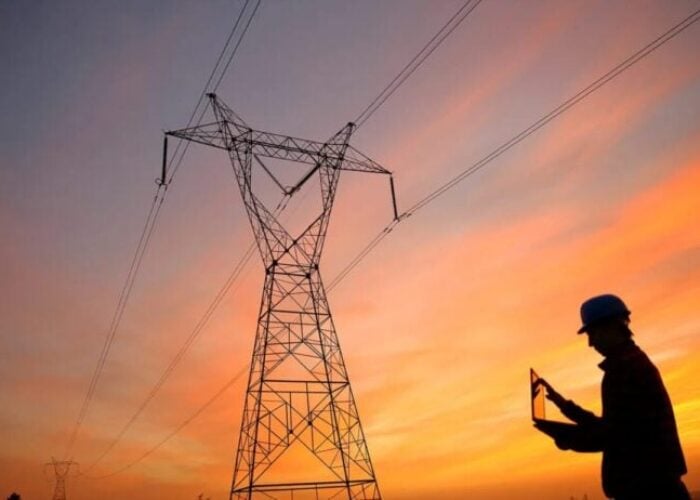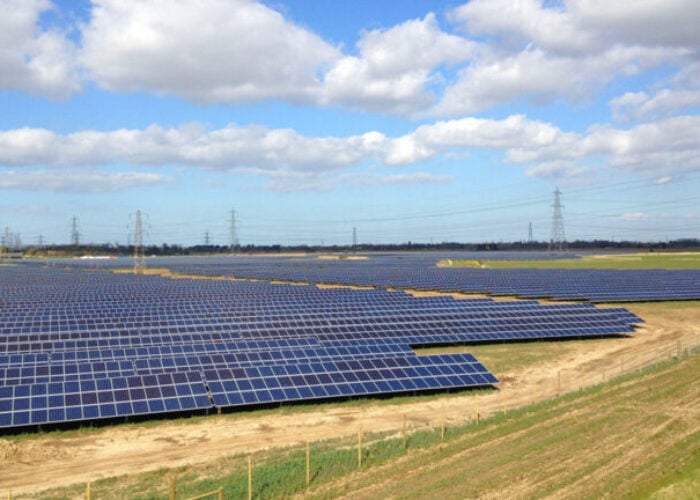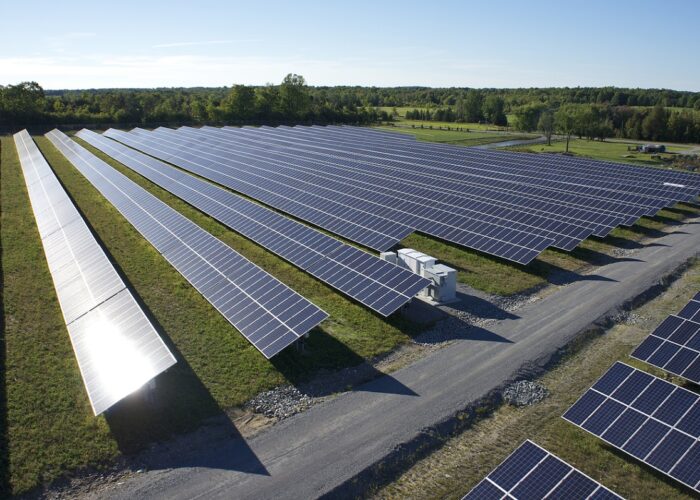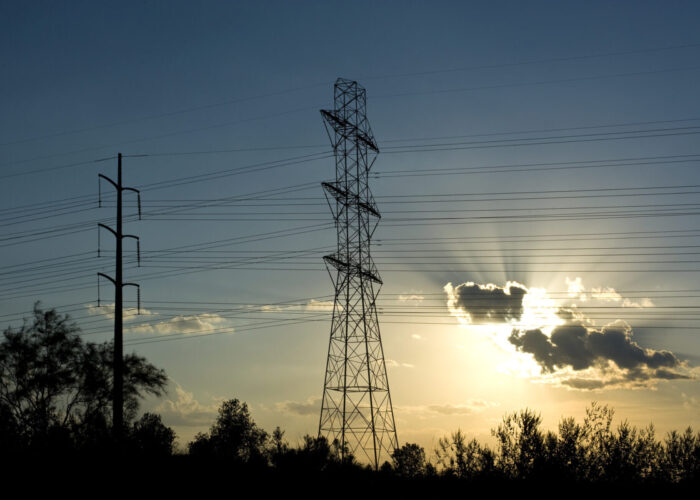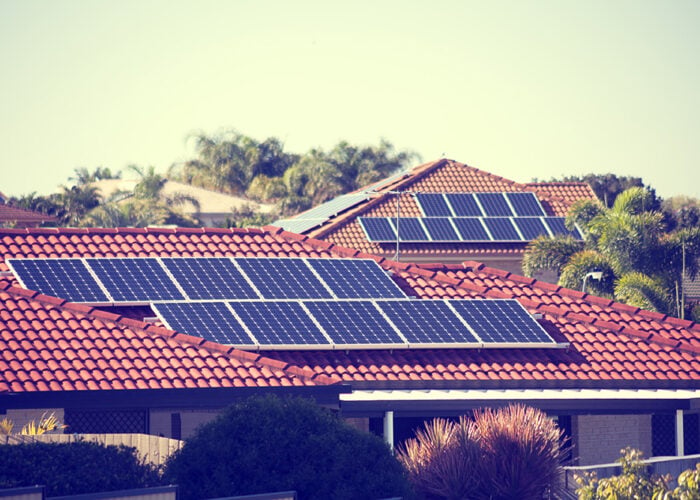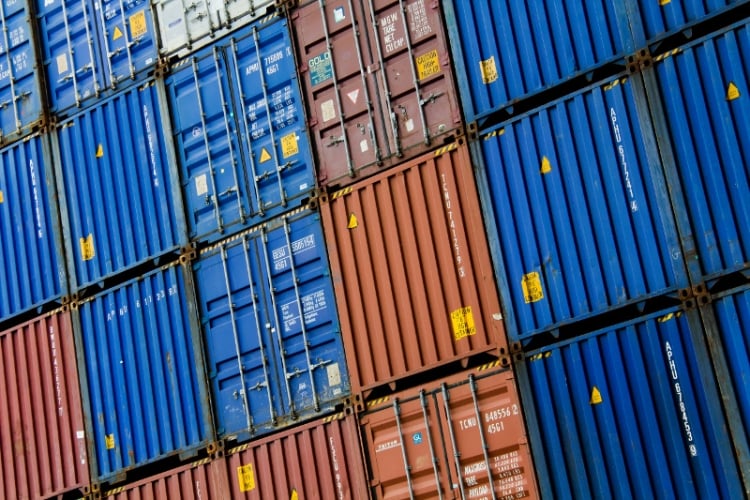
US solar module prices are increasing due to unexpectedly high AD/CVD cash deposit rates, making imports from Southeast Asia less viable, according to the latest pricing analysis from Clean Energy Associates (CEA).
CEA’s latest quarterly ‘PV Price Forecasting Report’ has revealed a growing price gap between modules subjected to import duties and those from duty-free locations.
Unlock unlimited access for 12 whole months of distinctive global analysis
Photovoltaics International is now included.
- Regular insight and analysis of the industry’s biggest developments
- In-depth interviews with the industry’s leading figures
- Unlimited digital access to the PV Tech Power journal catalogue
- Unlimited digital access to the Photovoltaics International journal catalogue
- Access to more than 1,000 technical papers
- Discounts on Solar Media’s portfolio of events, in-person and virtual
Joseph Johnson, associate director for market intelligence at CEA, said: “The onset of AD/CVD cash deposit rates ranging from 15-125% has sent module prices skyrocketing, with supply from named Southeast Asian countries increasing in excess of 5 cents per watt.”
CEA said pricing from domestic or non-AD/CVD-impacted countries is also on the rise due to scarcity of bankable supply but held in check by US module inventories.
“Developers that were able to proactively secure supply in 2024, or those able to secure contracts with module makers able to secure cell supply from Laos or Indonesia may only see marginal price increases (~2-3 cents per watt),” said Johnson.
“Some companies are now modifying or renegotiating contracts to move cells from in-house Thailand, Malaysian, or Vietnam factories to third-party Indonesian and Laos sourcing, raising prices for even those with locked-in orders.”
Solar efficiency improvements are slowing as manufacturers cut R&D budgets and delay investments in new equipment, particularly for TOPCon and HJT technologies.
Another factor identified by CEA as pushing up module prices is the Chinese government’s 4% cut in the export tax rebate for PV modules introduced at the end of 2024.
As was widely predicted at the time of the cut’s introduction, CEA said this move had begun to drive up the price of Chinese modules in the international market, as manufacturers pass on the higher costs to buyers. “This marks a shift from earlier forecasts that anticipated stable or slightly declining prices,” CEA said.
Aside from pricing, the report highlighted the extent to which solar efficiency improvements are slowing as manufacturers cut R&D budgets and delay investments in new equipment, particularly for TOPCon and heterojunction (HJT) technologies. The growing threat of patent litigation relating to new technologies is also having a chilling effect, CEA said.
“Margin pressures, trade uncertainty and the threat of IP litigation may extend PERC positioning in the US, keeping average cell efficiencies below 24% for the foreseeable future. It’s incredibly important for a new factory to recoup the investment as fast as possible before market trends change,” Johnson said.
The full ‘Q4 2024 PV Price Forecasting Report’ from CEA is available here.

